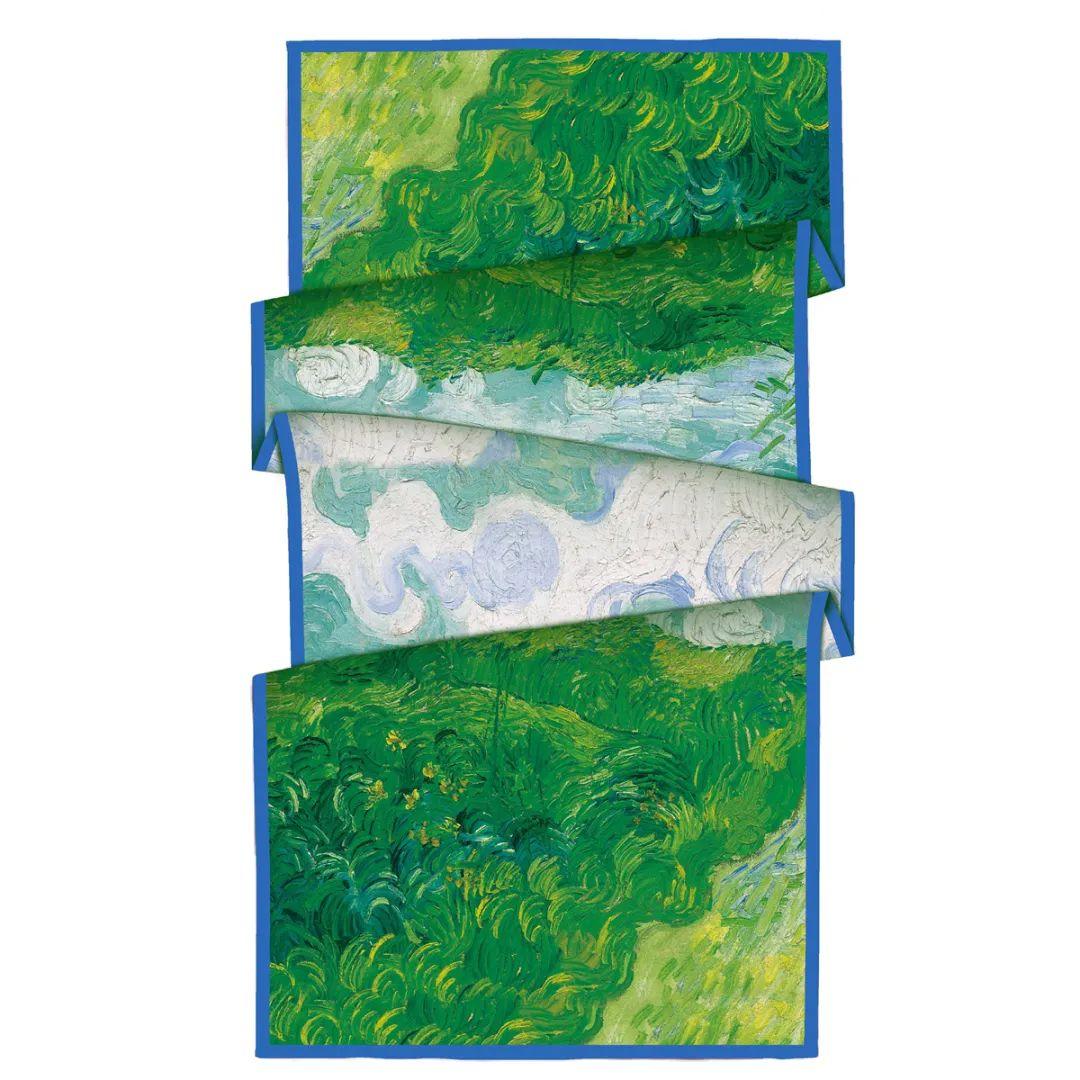Exploring Gulf Fashion: A Journey Through Regional Men's Dress Styles in the GCC
While researching, I stumbled upon a fascinating set of illustrations in the Dubai-based magazine Brownbook. These illustrations beautifully depict the diverse and unique styles of men's dress worn across six countries of the Gulf Cooperation Council (GCC). Keep in mind that while these styles are often associated with specific nations, they frequently cross national boundaries, and not every individual will adhere strictly to the style illustrated for their country. However, the drawings are clear and provide a wonderful insight into the chief characteristics that nationals of each country might exhibit in their traditional attire.
Let's take a closer look at the illustrations, created by the talented Liz Ramos-Prado:
Qatari - The Cobra
Imagine a garment that's heavily starched and stiff, inspired by the venomous snake. That's the Qatari thub, often made from shiny material and featuring a long, stiff tassle or shirt pocket. It's an imposing look that commands attention.
Emirati - The Teachers
The Emirati thiyaab is a popular choice for teachers, thanks to its easy, over-the-shoulders style. With no collar and a long, loose tassle, it's complemented by matching embroidery on the sleeves. It's a comfortable and practical choice for those who want to look good without fuss.

Saudi - Bint al-Bakkar
The Saudi thiyaab is a tight-fitting garment with a two-button collar and shirt sleeves designed for cufflinks. It's a tough look to master, but oh-so-worth-it when paired with a red and white checkered ghutrah. It's a style that exudes confidence and sophistication.
Kuwaiti - Balance
The Kuwaiti thiyaab is all about balance. Created by taking the ghutrah at symmetrical lengths on the shoulders and throwing the ends over the head, it forms the shape of a scale when viewed from the front. Made from high-quality material, it features a one-button collar and a slim fit, perfect for those who appreciate a more tailored look.
Omani - Mussar
The Omani mussar is a hat unlike any other in the GCC. Embroidered with colourful patterns and personalised details, it's a true work of art. The Omani thiyaab is collarless, with short, loose tassles attached just above the breast. It's a vibrant and lively style that reflects the country's rich cultural heritage.

Bahraini - The Butterfly
The Bahraini thiyaab is an easy, elegant, and flexible choice that allows for free movement of the neck. It's loose-fitting with a soft shirt collar and occasional details like shirt pockets. It's a style that's both comfortable and stylish, perfect for those who want to look good while staying comfortable.
And now, a little something extra. Here's a photograph of a drummer taken at a razeef in the 1970s. He's wearing a white iqal, a rare sight that I've only seen twice before. While I've been told that a white iqal is usually worn for fun, it's clear from this photograph that it wasn't the case here. I haven't been able to figure out the significance of the white iqal yet, but I believe it may signify either death in the family (as white is associated with death in this part of the world) or blindness. It's a mystery that adds an extra layer of intrigue to this already fascinating journey through Gulf fashion.

Lastly, take note of the two-button collar worn by the drummer. At that time, a standard turn-down collar was the norm, making this a small but significant detail that adds to the overall charm of the photograph.


